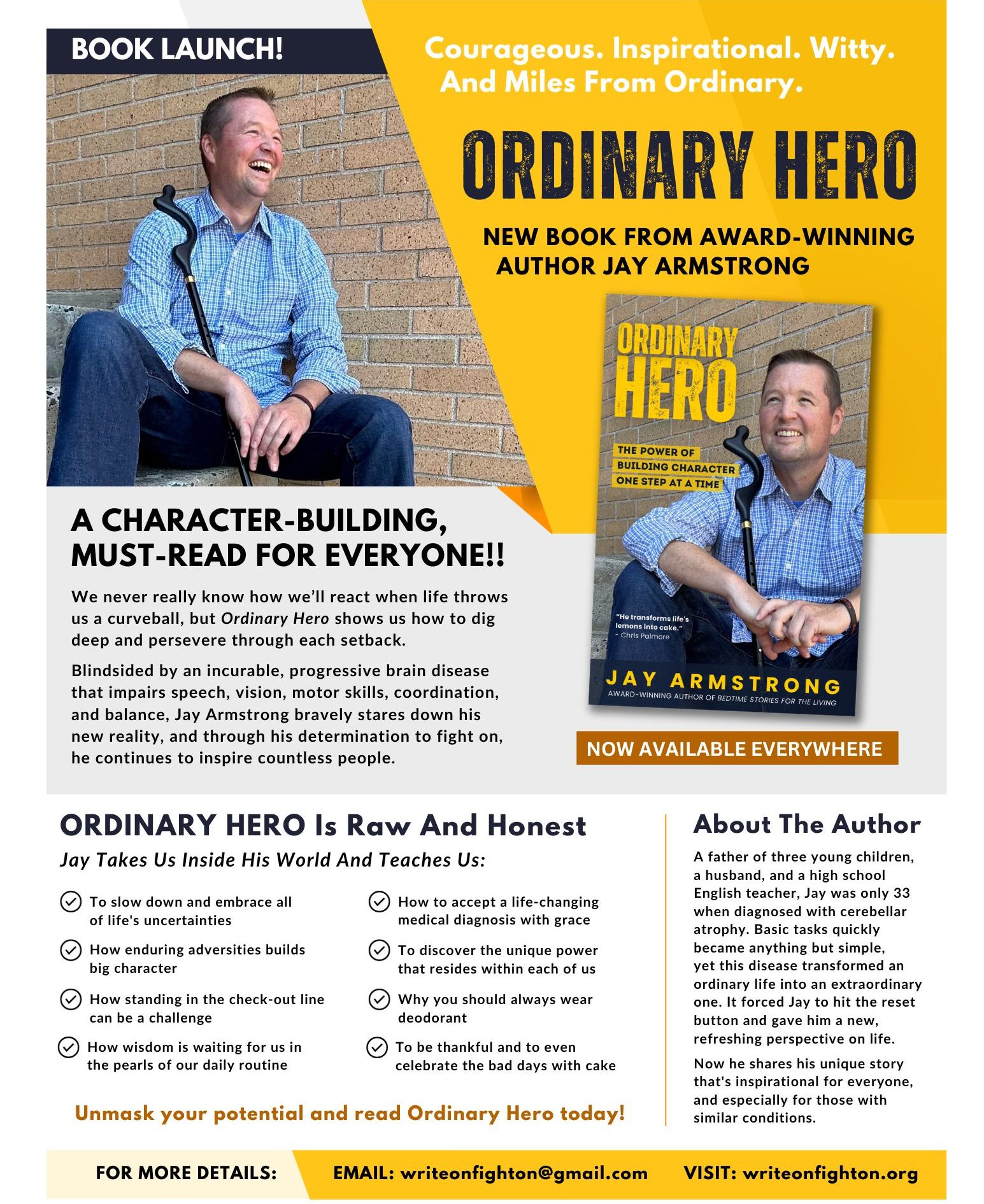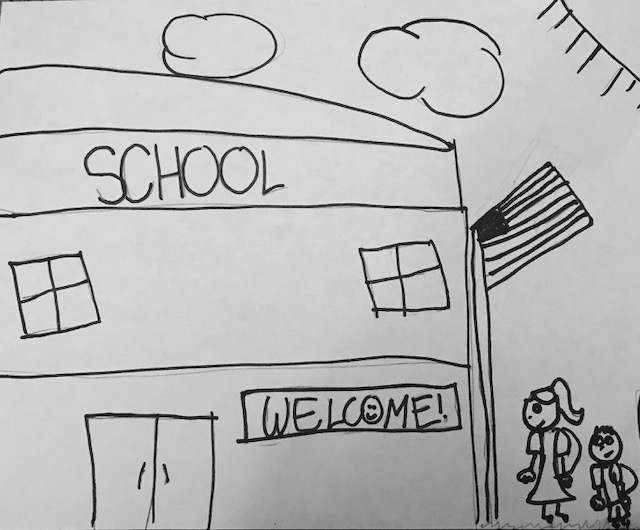3 Strategies You Need to Know When Teaching Writing to Teenagers
Teenagers often swagger into an English classroom with a fixed mindset.
A mindset of either:
1. I’m not good at writing and never will be.
or
2. I’ve always earned high marks in English and past rubrics indicate I’ve achieved mastery in writing.
My experiences have shown me that though it’s difficult to transform a fixed teenage mindset into that all important growth mindset– it is possible.
In my first seven years of teaching English, I struggled with writing instruction. The class and I would slog through writing assignments. The writing was forced, inauthentic and painful.
I was doing a disservice to my students, to writing. In order to change their mindset, I had to change mine.
My change began when I realized writing is not about mastery.
In fact, even the masters– Stephen King, Anne Lamott, have openly reflected on how language and writing can never be mastered.
(And I often think what a blatant and harmful lie it is to tell a 16 year old that they have achieved mastery in writing!)
In my efforts to make writing more meaningful, more real for students, I began to approach writing in a more authentic way. In a way that encourages students to make a mess and to understand that mastery in writing is a myth.
Here are 3 strategies I’ve learned (with a lot of trial and error) to help change your student’s mindset and help you achieve a more fun and authentic classroom writing experience:
#1- Your Language is the Hook
At the beginning of the school year, I ask my students to do a little word association with the word writing. Popular choices are, “dull, boring, structured, rigid, painful.”
I believe the ‘hook’ for teaching writing begins with the teacher’s language.
Knowing my students initial thoughts on writing allows me to immediately understand their writing ideology.
From then, when I conduct writing lessons, I use words and phrases that grab attention and interest. Words and phrases like “messy, deviant, don’t care, whatever, no rules, wild, fast & furious” litter my lessons. These words help show teenagers that writing is exciting. (This is also a great time do mini-lessons on how in certain time periods, for certain cultures and genders writing was viewed as an act of defiance).
I’m not saying all teenagers are deviants but the idea of breaking rules intrigues and engages them, as if they are doing something wrong, as if they are literary outlaws.
#2 Teenagers love Autonomy
As a writer, when someone tells me to write something a certain way my first reaction is often, “No!”
My writing process needs to be organic and has to sprout from my passions. This is why I believe it’s so incredibly important for teachers to allow students time to pick passionate topics.
And fortunately, teenagers don’t have to work hard to find passionate topics. Guilt, fear, uncertainty, joy, anger, love and even apathy all paint the teenage landscape.
In my classroom, the writing process always begins by making a mess.
I often instruct students to pick a strong emotion and using a brief, designated time (1-3 minutes) to make a mess. I encourage them to scratch down words/phrases, working story titles, drawings associated with the selected emotion, word maps, idea clouds, etc. I simply want them to explore.
I have found that this brief, but focused activity, encourages spontaneity and messiness, two things that attract teenagers.
I then use the selected emotion as a springboard into a writing piece.
For example, if I want them to write a narrative I will have them write a personal story about the chosen emotion or if I want them to do an analytical piece on the emotion, I will have them conduct research on the chosen emotion.
#3 Teenagers need Models
In my practice I’ve learned that modeling brainstorming is incredibly important.
First, when the students brainstorm, so do I.
When the brainstorming session is over, I project my brainstorming on the board, allowing students to see my process. This is helpful since my brainstorms are messy and full of misspellings and grammatical errors.
For students, seeing their teacher’s thoughts in their raw form is an empowering model.
This model promotes messiness yet fosters creativity and vulnerability. It also tells the students that we’re a long way from mastery.
Call to Action
Writing is a powerful form expression. A form that is challenging yet incredibly rewarding. Next time you’re teaching writing I hope you consider these activities. I hope you consider the impossibility of mastery. I hope you consider making a mess.
Let’s Talk
I’m looking to grow my teaching arsenal and would love to hear what successful writing strategies you have used to encourage teenage writers to embrace the writing process!





